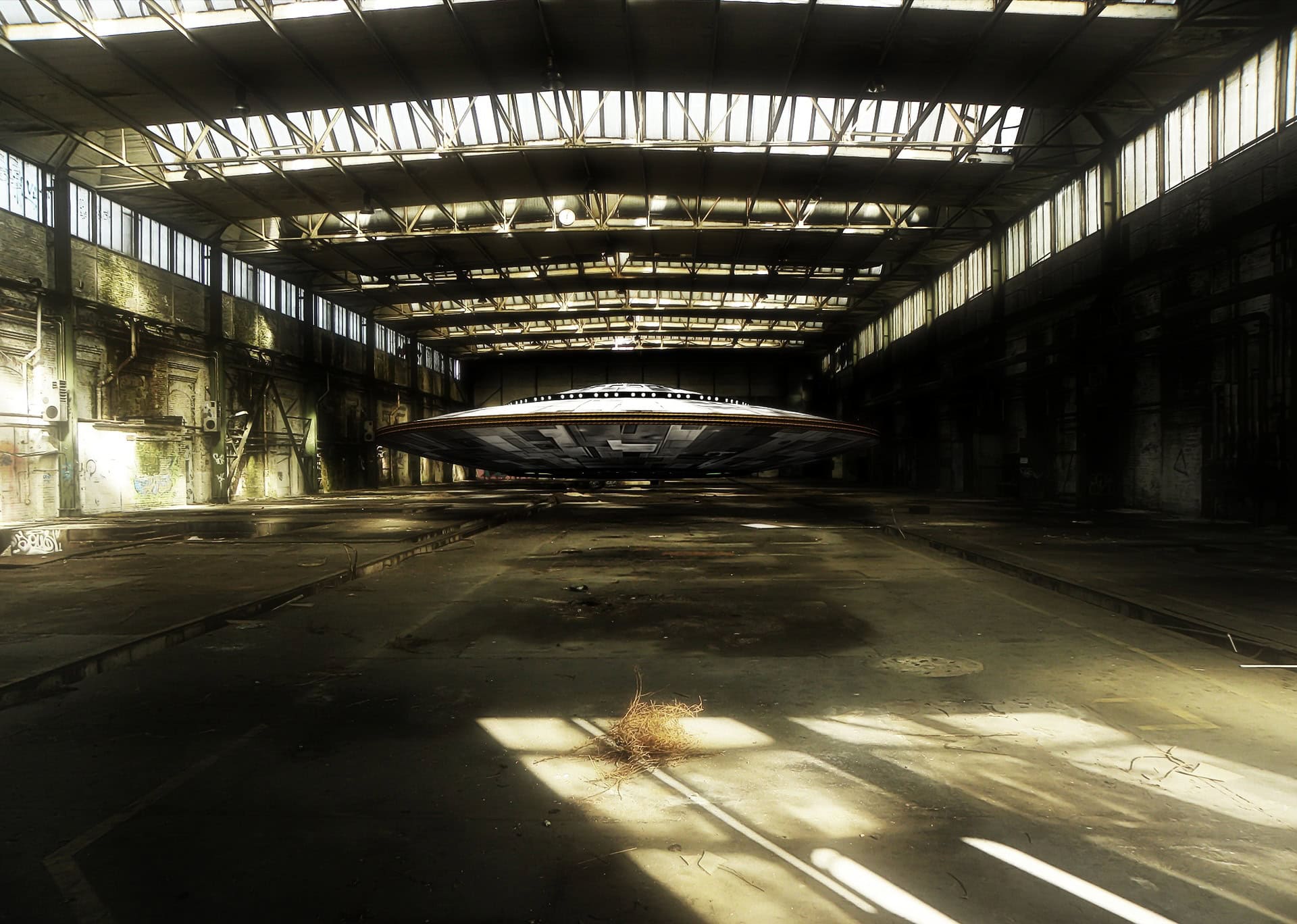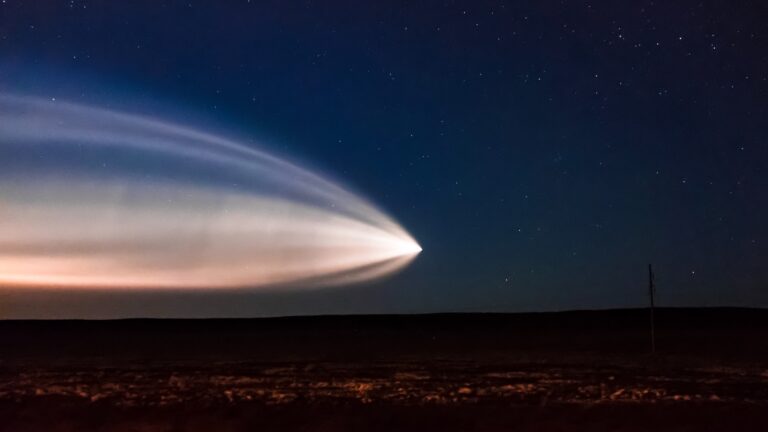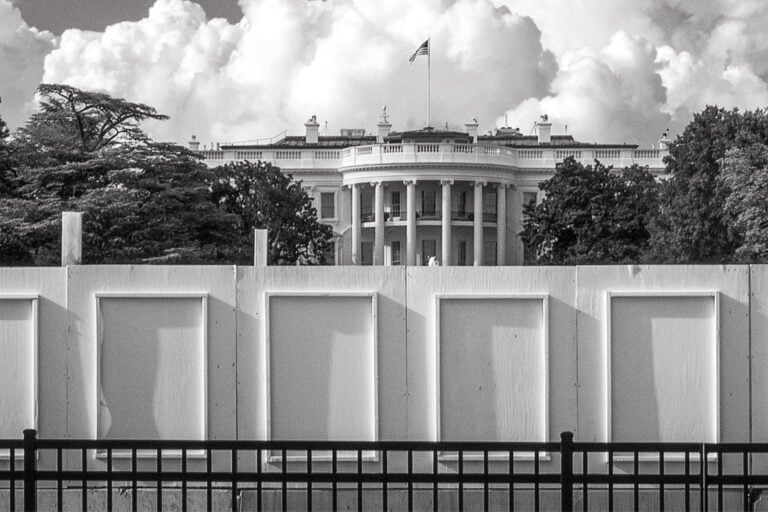Inside Area 51: A Glimpse Into the Unknown Through the Eyes of Former Employees
Peek into the top-secret military base of Area 51 through the eyes of former employees. Decipher their experiences, daily routines, and glimpses of classified projects amidst persistent secrecy.

A Journey Into the Enigmatic Area 51
Area 51: a name that has become synonymous with mystery, speculation, and conspiracy theories. This secretive U.S. military base, tucked away in the Nevada desert, has long been the subject of intrigue and speculation. But what’s it really like inside those guarded fences? Who better to ask than the people who have actually worked there?
In this article, we delve into the heart of Area 51, guided by the voices of its former employees. We will break down the facts, debunk some myths, and present a rare glimpse of life inside one of the world’s most secretive locations.
The Day-to-Day Life: Striking a Balance between Normalcy and Secrecy
Bob Lazar, a self-proclaimed former Area 51 employee, recounts an intense atmosphere of secrecy. In an interview with George Knapp on Las Vegas’ KLAS-TV in 1989, Lazar claimed, “Every day felt like walking on a tightrope, where one false step could spell disaster.“
Yet, despite the clandestine nature of their work, many former employees insist that life at Area 51 had its mundanities. From office politics to everyday paperwork, the base wasn’t devoid of the banal aspects of a regular job.

Bob Lazar is perhaps the most controversial figure associated with Area 51. Claiming to have worked on extraterrestrial technology in a location near Area 51 known as S-4, Lazar’s allegations brought Area 51 into the public eye during the late 1980s. He claimed that the government possessed nine flying saucers at the S-4 site and that he was involved in reverse-engineering their propulsion systems. While many doubt his claims due to lack of documentary evidence and inconsistencies in his educational and employment history, his detailed accounts continue to captivate UFO enthusiasts and skeptics alike.
Ingenious Innovations: The Birthplace of Groundbreaking Technology

Area 51 is a hub of cutting-edge technological development. This is confirmed by the testimonies of former employees, including T.D. Barnes, a former special projects engineer at Area 51. During his tenure, Barnes was involved in several top-secret programs such as the development of the A-12 Oxcart, a precursor to the SR-71 Blackbird.
In an interview with National Geographic in 2014, Barnes said, “Our mission was pioneering the U-2, A-12, and other top-secret aircraft. These projects not only pushed the boundaries of technology but also of human ingenuity.“
Thornton “TD” Barnes is a former Area 51 specialist with a distinguished career in clandestine operational intelligence. During his time at Area 51, Barnes worked on several top-secret projects, including the development of the A-12 OXCART, a high-altitude reconnaissance aircraft. In his later years, Barnes has written several books about his experiences, providing a firsthand account of the high-stakes, innovative work undertaken at the base.

Are There Aliens at Area 51?
The stories of extraterrestrial beings and UFOs are perhaps the most enduring myths associated with Area 51. However, most former employees deny these claims. James Noce, a former Area 51 security officer, stated in a Seattle Times interview in 2011, “There are no aliens or alien technology. It’s just a place where we worked on experimental aircraft and weaponry.“
James Noce served as a security specialist at Area 51 during the 1960s. His role involved maintaining confidentiality and ensuring security protocols were strictly followed. Noce’s accounts highlight the psychological strain of working in an environment where secrecy was paramount. His experiences underscore the unique challenges faced by employees tasked with safeguarding America’s most classified projects.
The Commute to Area 51: A Trip Like No Other
Employees didn’t just stroll into Area 51 each morning. The remote location and high security meant an unconventional commute. In a 2009 interview with the Las Vegas Review-Journal, former security guard Fred Dunham recounted his commute to Area 51: “We were flown in and out on a private airline. It was like catching a city bus, just a little higher up.”

Fred Dunham worked as a security guard at Area 51 during the 1960s and 1970s. His primary role was maintaining the secure perimeter around the base, ensuring no unauthorized personnel gained access. Dunham’s account of his commute to Area 51 gives us an insight into the strict procedures followed for employee transportation. His testimonies, while less sensational than those of Bob Lazar, provide valuable insight into the daily operations at Area 51.
The Lighter Side: Camaraderie Amidst Secrecy
Despite the intense secrecy, there were moments of camaraderie and shared experiences. Thornton “TD” Barnes, in his book “MiGs Over Nevada,” recalls, “We were a group of people with a shared mission. We had BBQs, shared jokes, and even had a baseball team. It was a unique bond, something I believe can only be forged in an environment like Area 51.“

Area 51 and the Environment
Though Area 51 is typically associated with aliens and experimental technology, it’s also a site of environmental concern. Jonathan Turley, a law professor who represented Area 51 workers in a lawsuit against the government over hazardous waste disposal, revealed some of these issues in a 1997 interview with LA Times, stating, “Workers were regularly exposed to open pits of hazardous waste. It was a ticking environmental time bomb.“
Jonathan Turley is not a former employee but a renowned law professor at George Washington University. He represented Area 51 workers in a high-profile lawsuit against the U.S. government in the 1990s. The workers alleged that they had been exposed to dangerous materials due to illegal burning of hazardous waste at the site. Turley’s involvement underscores the serious environmental and health concerns related to the base’s operations.
The Psychological Toll: Living with Secrets
Working in such a classified environment could take a psychological toll. James Noce, in an interview with the Seattle Times, admitted, “Keeping secrets isn’t easy. It’s a heavy burden. You can’t talk about your work, not even with your family.“

James Noce served as a security specialist at Area 51 during the 1960s. His role involved maintaining confidentiality and ensuring security protocols were strictly followed. Noce’s accounts highlight the psychological strain of working in an environment where secrecy was paramount. His experiences underscore the unique challenges faced by employees tasked with safeguarding America’s most classified projects.
The Allure of Area 51: Forever Shrouded in Mystery
The allure of Area 51 endures, fuelled by a mix of secrecy, innovative technology, and pop culture fascination. Former Area 51 radar operator Gene Huff summed it up best in a 2018 interview with Las Vegas Now: “Area 51 is a symbol. It’s the embodiment of adventure, mystery, and the thirst for knowledge.“
Gene Huff is a former radar operator at Area 51. His role was crucial in ensuring the safe testing and operation of experimental aircraft. Huff’s insights into the enduring allure of Area 51 underscore the base’s significance in popular culture, embodying a sense of adventure and the human thirst for knowledge. His accounts provide a glimpse into the high-tech, high-secrecy world that has made Area 51 a subject of global intrigue.
Other Notable People and Resources
Annie Jacobsen
Annie Jacobsen is not a former Area 51 employee but a journalist and author who compiled an extensive account of the base through interviews with former employees and declassified documents. Her 2011 book, “Area 51: An Uncensored History of America’s Top Secret Military Base,” contains several testimonies, including one about a supposed extraterrestrial craft that was said to be a Soviet spy plane. Her work has been both praised and criticized for its thoroughness and for some of its more controversial claims1.

Jacobsen is a Pulitzer Prize finalist and has written extensively on US intelligence and military operations. She presents a comprehensive and objective view of the operations at Area 51, providing readers with a broad understanding of the base’s history and its impact on American society.
Edgar Fouche
Edgar Fouche, a former Area 51 employee, claimed to have worked on a classified aircraft project known as the “Aurora.” According to Fouche, the Aurora was a hypersonic reconnaissance aircraft that could travel at speeds up to Mach 62.
Fouche has a background in the aviation industry, having worked for major defense contractors. His claims about the Aurora project have sparked interest and debate among aviation enthusiasts and conspiracy theorists alike. Although his accounts lack corroborating evidence, they contribute to the ongoing speculation about the advanced technology purportedly developed at Area 51.

David Fravor
David Fravor, a former U.S. Navy F-18 pilot, didn’t work at Area 51 but had an experience that indirectly contributes to the base’s lore. Fravor famously encountered an unidentified flying object off the coast of California in 2004, an event now known as the “Tic Tac” UFO sighting3.
Fravor’s experience underscores the U.S. military’s ongoing interest in unidentified aerial phenomena, an interest that has often been linked to the activities at Area 51. His detailed and credible account has added to the public interest in what the U.S. government knows about such phenomena.
Boyd Bushman
Boyd Bushman, a former senior scientist for Lockheed Martin, made waves with his claims about reverse-engineered alien technology and the existence of extraterrestrial beings. In a video recorded shortly before his death in 2014, Bushman showed alleged photos of aliens and asserted that there were two groups of aliens working with the U.S. government4.

Bushman had a long and distinguished career as an aerospace engineer, with numerous patents to his name. His claims have been met with skepticism, and critics have pointed out that the photos he showed were available in commercial novelty shops. Nonetheless, his account continues to intrigue those interested in the possibility of extraterrestrial involvement at Area 51.
George Knapp
George Knapp, an investigative journalist, has been instrumental in bringing the stories about Area 51 into the public consciousness. Knapp was the first to interview Bob Lazar and has conducted numerous interviews and investigations into the activities at the base[^9^].
Knapp is a respected journalist with a long-standing interest in UFOs and the paranormal. His reporting has played a crucial role in shaping public perceptions of Area 51. While not a former employee of the base, his work has brought the testimonies of many who claim to have worked there to a wider audience.

These individuals contribute to the diverse and often contradictory narratives surrounding Area 51. Their experiences and testimonies, whether verifiable or not, continue to fuel the public’s interest in the base and its activities. It’s important to remember that while some of these stories may seem fantastical, they all contribute to the broader conversation about transparency, government secrecy, and the search for extraterrestrial life.
Footnotes
- Jacobsen, Annie. Area 51: An Uncensored History of America’s Top Secret Military Base. Little, Brown and Company, 2011.
- Fouche, Edgar. Alien Rapture – The Chosen. Galde Press, Inc., 1998.
- Fravor, David. Interview with Joe Rogan. The Joe Rogan Experience, 2020.
- Bushman, Boyd. Interview with Mark Q. Patterson. 2014.
FAQs
How did employees commute to Area 51?
Answer: Many employees were flown into Area 51 via a private airline, often referred to as ‘Janet Airlines.’
What was the work culture at Area 51?
Answer: Despite the secrecy, former employees recount moments of camaraderie, shared experiences, and even recreational activities.
Were there environmental issues at Area 51?
Answer: Yes, there have been reports and lawsuits regarding hazardous waste disposal at Area 51, causing concerns over environmental safety.
Did the secrecy of Area 51 affect the employees?
Answer: Yes, maintaining secrecy about their work often resulted in psychological stress for many employees.
Why is Area 51 so intriguing to people?
Answer: The secrecy surrounding Area 51, along with its association with advanced technology and extraterrestrial theories, contribute to its enduring allure.
Keywords: Area 51, former employees, secrecy, commute, camaraderie, environment, psychological toll, allure, mystery, testimonies, technology, innovation, extraterrestrial theories.
Why is Area 51 so secretive?
Answer: The secrecy of Area 51 is largely due to the classified nature of its work, which pertains to national security and advanced technology.
Are there aliens in Area 51?
Answer: According to former employees and official statements, there are no extraterrestrial beings or spacecraft at Area 51.
What kind of projects have been carried out at Area 51?
Answer: While specifics remain classified, it’s known that Area 51 has been instrumental in developing advanced aircraft such as the U-2 spy plane, the SR-71 Blackbird, and the F-117 Nighthawk stealth fighter.
Keywords: Area 51, Former Employees, Stories, Experiences, Top-Secret Military Base, Classified Projects, Security, Advanced Technology, National Security, U-2 Spy Plane, SR-71 Blackbird, F-117 Nighthawk Stealth Fighter, UFO Theories.





